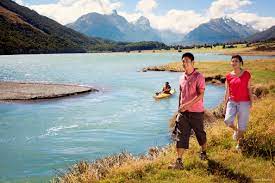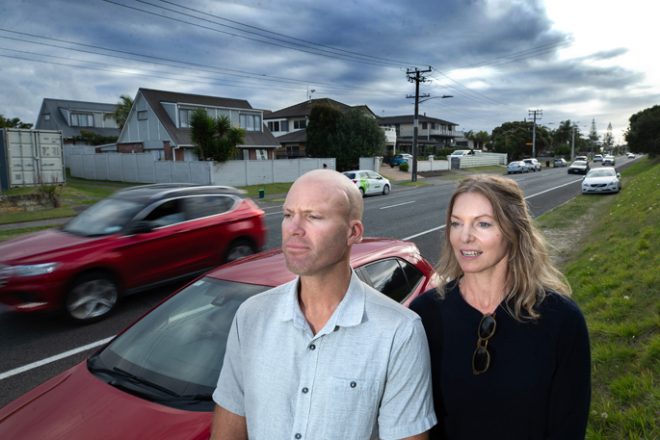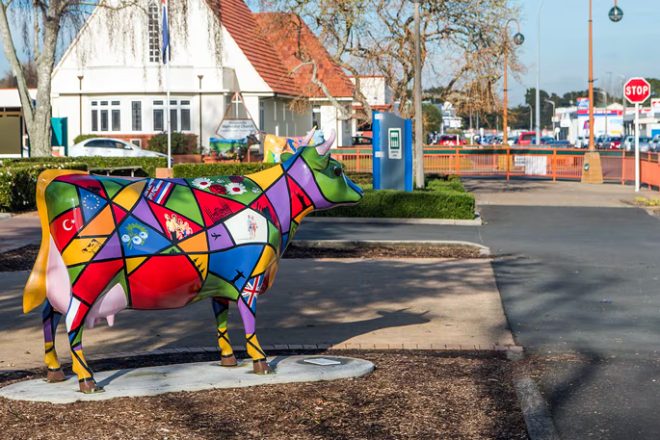According to the latest real estate data on Friday, the lack of properties for sale is putting pressure on New Zealand house prices and speeding up home sales, leading to record median house price for the fourth month in a row.
Median house prices across New Zealand increased to a record median price of 749,000 NZ dollars in December 2020, up 19.3 percent from 628,000 NZ dollars (450,796 U.S. dollars) in December 2019, showed data from the Real Estate Institute of New Zealand (REINZ).
Median house prices for New Zealand excluding Auckland, the country’s largest city, increased by 17.8 percent year on year from 535,000 NZ dollars in December 2019 to a record 630,000 NZ dollars, statistics showed.
Additionally, Auckland’s median house price increased by 17.4 percent year on year from 886,000 NZ dollars in December 2019 to 1,040,000 NZ dollars in December 2020, the fifth consecutive month for Auckland to post a record price, according to the REINZ data.
For the fourth month in a row, New Zealand has seen house prices reach a new record, with December seeing a new national median house price of 749,000 NZ dollars, Bindi Norwell, Chief Executive at REINZ, said in a statement.
Additionally, 11 regions and 27 districts saw record-high median prices – a continuation of the pattern seen in the housing market for the last few months – highlighting how strong the residential housing market is in all parts of the country, Norwell said.
“Currently, we have half the inventory levels we had back in December 2018. Therefore, there isn’t enough choice for people looking to purchase, which has meant that there is significant pressure being placed on house prices in most parts of the country,” she said.
“When you add into the equation the fact that there are record low-interest rates, it means that people are more willing to compete to secure the property they want,” Norwell added.
“This lack of choice and high levels of confidence is also causing properties to be sold at the quickest pace we’ve seen in 17 years. The median number of days to sell a house is now just 27 days, showing how people are moving quickly to secure ‘good’ properties,” she said.
Auckland city remains New Zealand’s most expensive district in the country, the data showed.



















































-helped-regain-her-strength-and-balance-using-Nymbl-after-a-fall.-660x440.jpg)




